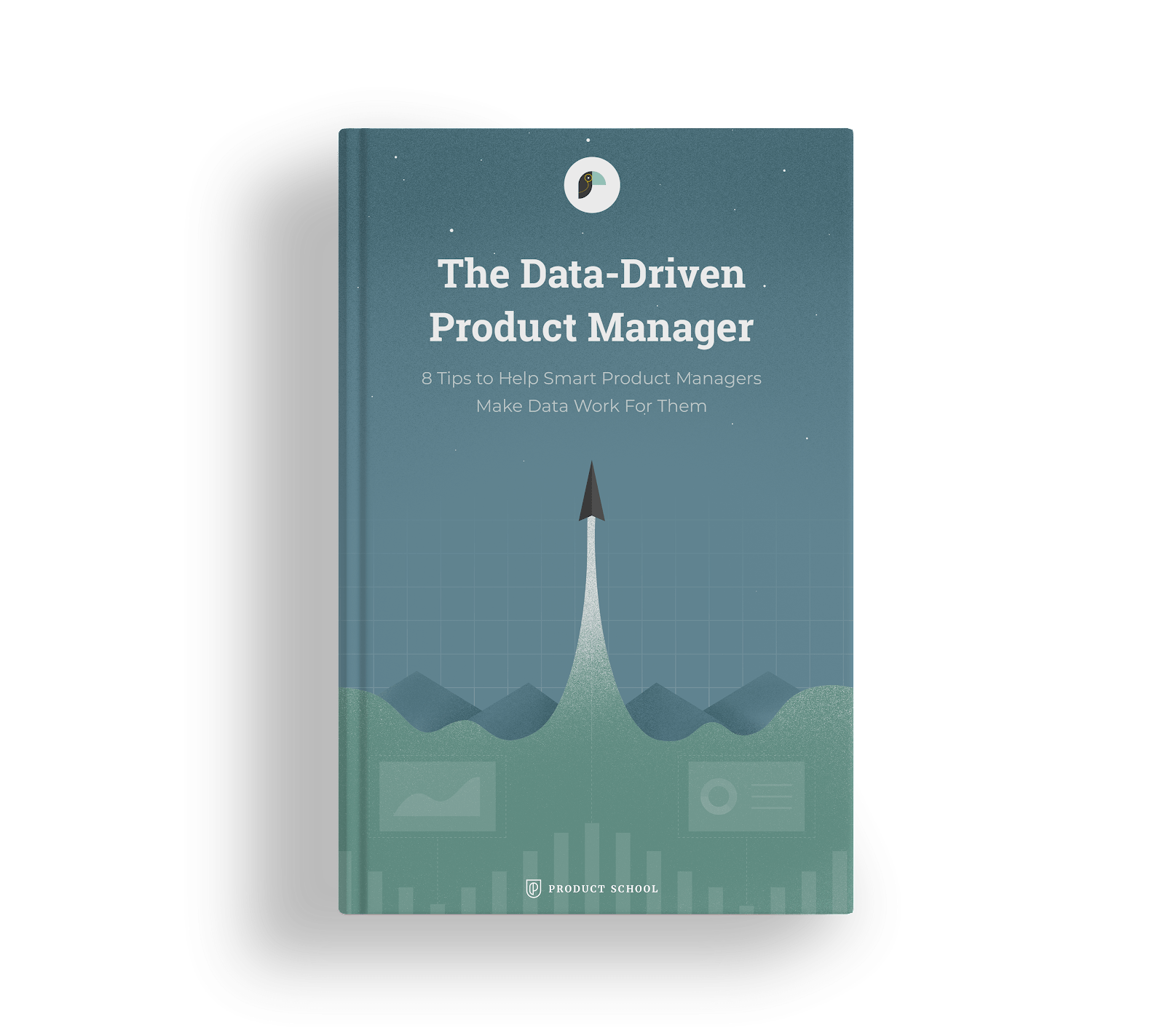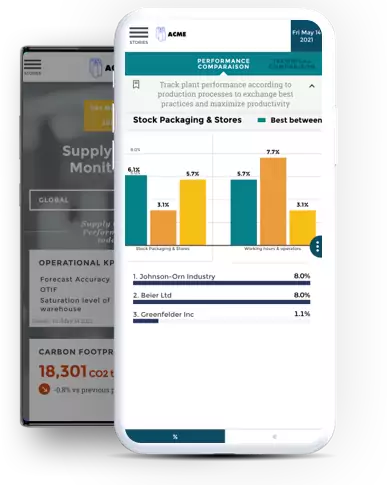
As a product manager, have you ever found yourself in a situation where you desperately need a particular expert, but they're just not available? Or where you needed a piece of equipment that should have been reserved months in advance?
If so, then this guide to resource planning is for you.
Resource planning makes it possible to minimize the disruptions that come with being a product manager. By considering all the necessary resources for a project and planning for them in advance, you can avoid last-minute scrambles to secure items or personnel.
In this post, we'll take a closer look at the concept of resource planning and how it can help you manage your resources more effectively.
What is the importance of resource planning?
Suppose you're in the middle of renovating your kitchen and you need to install new cabinets before you can install new countertops. This means that the installation of the countertops is dependent on the completion of the cabinets. So any delays in cabinet installation will cause delays in the countertop installation and throw off the entire renovation schedule.
Now, unless you have a resource management plan in place, you might find yourself dealing with situations like these quite often. And while they may seem commonplace, such challenges can severely impact your project operations. To avoid these disruptions, it is important to plan ahead and be proactive in your approach.
That's why resource planning is a crucial process for any organization in order to make the best use of its time and resources. With careful planning, businesses can maintain a balance between competing demands and optimize the use of their resources.
Why do product managers need a resource plan?

A product manager's list of to-dos never ends. There are always new features to plan for, priorities to decide on, and product releases to strategize. And that’s on top of the day-to-day tasks of managing and improving existing features.
It can be tough to strike the right balance between ensuring results-oriented productivity and protecting your team from being overwhelmed by the sheer volume of tasks at hand.
But how do you find that happy medium on the line of efficiency and overburden? This is where resource planning comes in.
A well-thought-out resource plan can help product managers:
- Make the most of available resources to maximize product's success.
- Avoid under- or over-utilizing anyone resource.
- Take a strategic approach to tasks (rather than acting on an as-needed basis).
- Retain staff by promoting job satisfaction.
- Establish better relationships with clients and other stakeholders.
By taking the time to develop a comprehensive resource plan, you can ensure that your project has the necessary resources to get off the ground and achieve its objectives.
How to create a resource plan
Resource planning is a critical element of being prepared for any eventuality. If you're new to the process and aren't sure where to begin, the following steps will guide you on your way.
Step #1: Identify the resources you will need
When embarking on a new project, it is crucial to have a clear understanding of all the resources that will be required. This includes everything from people and equipment to physical space and budget. By mapping out the requirements of the project from the outset, you can gain insight into which skills and resources will be needed, and when they ought to be brought into play.
Step#2: Assess the availability of your current resources
The next step in resource planning involves analyzing your existing resources. This includes understanding what resources you have at your disposal, when they can be used, and under what conditions. This knowledge will help you make intelligent resource allocation decisions and avoid gaps in coverage or conflicts down the road.
For example, to get a sense of your personnel's availability, look at each of their current assignments and future commitments. It will help you get an idea of who is available and when, as well as any potential conflicts with vacation days or other personal time off.
Step #3 Fill in the missing resource gaps
Now that you know what resources you need, it's time to take inventory of what's missing. It is imperative to consider not only the skills you lack when identifying resource deficiencies, but also the material resources. Then you can begin exploring ways to fill the gaps by acquiring new resources.
It is usually most efficient to obtain resources from within your own organization first. However, if you do need to look externally for resources, allocate sufficient time to cover all the necessary formal processes on your way to acquiring them in your planning.
Step #4: Make resource allocations based on task needs
Project success depends on having the right people working on the right tasks. Make sure you understand the skills and abilities of your team members and assign tasks accordingly. Additionally, be mindful of each person's workload and ensure that they have the time they need to complete their assigned work.
Step #5: Establish the timeline of each project component
As mentioned before, one of the main goals of resource planning is to prevent last-minute scrambles. That's why timing is so important. You need to make sure that your resources are available when you need them, not a week later or a month earlier. To do this effectively, create a timeline for your project and map out when each task will be completed and which resources will be required for each stage.
Step #6: Create your resource plan
After you have completed all the steps listed above, you will have everything you need to put together a resource plan that outlines when, where, and how each resource will be employed. The plan will ensure that all resources are accounted for and utilized efficiently.
Step #7: Monitor your progress and revise your plan as necessary.
Finally, once your project is underway, keep track of actual resource usage so that you can compare it to your original plan and make adjustments as necessary.
Start resource planning
When you are a product manager, you are constantly bombarded with new challenges, opportunities, and ideas that need to be analyzed, debunked, or decided on. It can be difficult to know how to prioritize and follow through on everything. But one of the most important things you can do to ensure your product's success is to have a solid resource planning strategy.
Resource planning helps you anticipate future needs and allocate resources accordingly. This way, when unforeseen obstacles or opportunities arise, you are better equipped to deal with them.
--
Ahmad Benny is the Founder of Bengu, a site that helps marketing teams cut through the noise on B2B SAAS software to help them make an informed buying decision.





